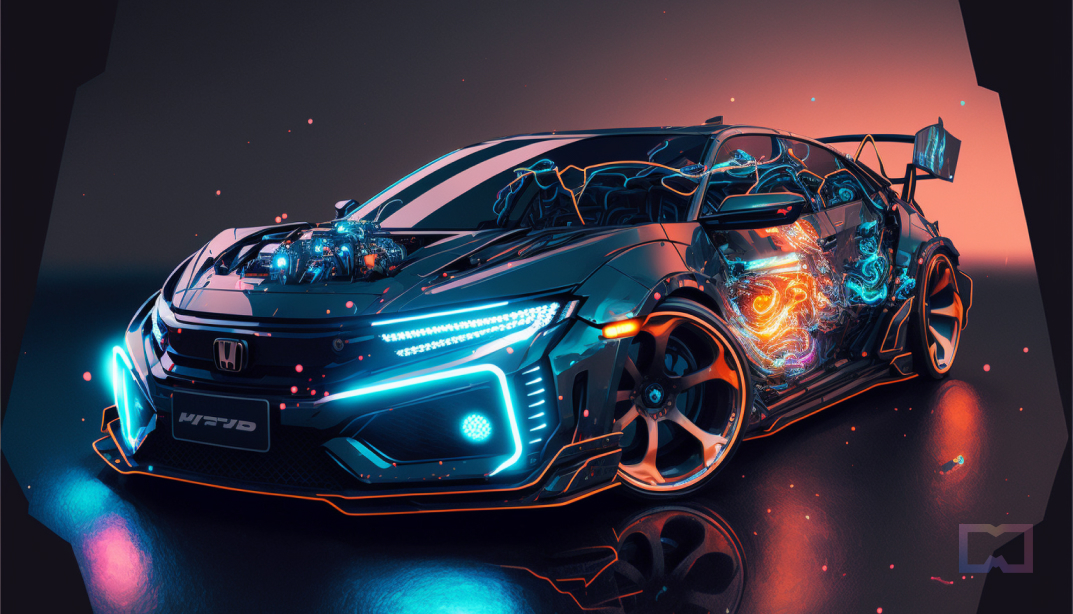
Honda has used cutting-edge virtual reality (VR) technology to speed up the creation of a range of new products, from the 2023 Honda Pilot TrailSport to the full-electric 2024 Honda Prologue. COVID-19 had an enormous impact on the automotive market, but Honda reported that it had begun using next-generation tools to speed up the design and development process for its vehicles.
LA-based Honda Design Studio’s styling team oversaw the Prologue’s design by using VR to work with the global design and development teams. The design team could collaborate with the engineering and design groups remotely, thanks to VR headsets. The technology enabled co-workers from different countries and time zones to collaborate faster, receive feedback, and exchange views.
Mathieu Geslin, VR technology leader of Honda Design Studio, said that using VR and AR in design processes enabled engineers and designers “to merge digital content and physical assets in a cohesive way to interact with what they’re experiencing and touching in an immersive environment.”
“Honda Prologue was key to fully using VR in a data-led design process, with clay modeling as the verification tool, something we will carry forward into the development of other Honda products,”
Geslin said.
Honda admitted that the design process for its products would never become fully virtual, as physical touch is a crucial aspect of creation. Nevertheless, VR significantly improves productivity and is a powerful tool for designers, especially in vehicle interiors. Choosing colors and materials for applications is quicker with the help of VR.
Automobile companies have been seeing strong potential in immersive technologies. FIAT recently opened a virtual store, a metaverse showroom, that allows it to test drive its flagship model, the new 500 La Prima by Bocelli. Last month, Renault introduced the world’s first automobile industrial metaverse, which helps the car manufacturer to monitor supply flow and supply chain data.
Read More: mpost.io









 Bitcoin
Bitcoin  Ethereum
Ethereum  Tether
Tether  XRP
XRP  Solana
Solana  USDC
USDC  Dogecoin
Dogecoin  Cardano
Cardano  TRON
TRON  Lido Staked Ether
Lido Staked Ether  Wrapped Bitcoin
Wrapped Bitcoin  Sui
Sui  Wrapped stETH
Wrapped stETH  Chainlink
Chainlink  Avalanche
Avalanche  Stellar
Stellar  Hyperliquid
Hyperliquid  Shiba Inu
Shiba Inu  Hedera
Hedera  LEO Token
LEO Token  Bitcoin Cash
Bitcoin Cash  Toncoin
Toncoin  Litecoin
Litecoin  Polkadot
Polkadot  USDS
USDS  WETH
WETH  Monero
Monero  Bitget Token
Bitget Token  Binance Bridged USDT (BNB Smart Chain)
Binance Bridged USDT (BNB Smart Chain)  Wrapped eETH
Wrapped eETH  Pepe
Pepe  Pi Network
Pi Network  Ethena USDe
Ethena USDe  Coinbase Wrapped BTC
Coinbase Wrapped BTC  WhiteBIT Coin
WhiteBIT Coin  Dai
Dai  Bittensor
Bittensor  Uniswap
Uniswap  Aave
Aave  NEAR Protocol
NEAR Protocol  Aptos
Aptos  OKB
OKB  Jito Staked SOL
Jito Staked SOL  Ondo
Ondo  Cronos
Cronos  BlackRock USD Institutional Digital Liquidity Fund
BlackRock USD Institutional Digital Liquidity Fund  Tokenize Xchange
Tokenize Xchange  Ethereum Classic
Ethereum Classic